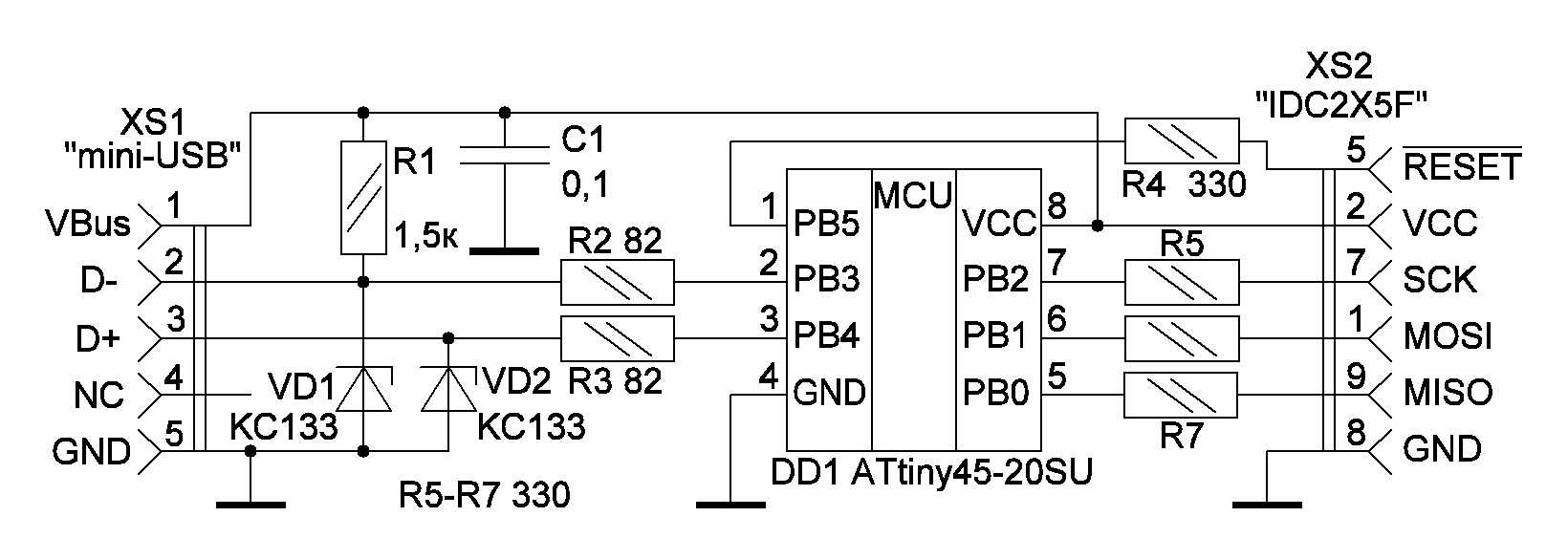
- #Program at90s2313 with arduino ide how to
- #Program at90s2313 with arduino ide software
- #Program at90s2313 with arduino ide code
- #Program at90s2313 with arduino ide plus
You can use CLI tools such as AVRDUDE and AVR-GCC but the IDE takes care of that for you. It is actually my favorite embedded development environment. I can say that the JTAGICEmk3 is a nice capable debug tool. The disadvantage is there is no hardware debug supported.Īn alternative is the dragon but I have no experience with that.

I recommend the AVRISPmkII as an entry level programming tool. Unless you are a perfect coder, removing a chip every time you want to program it is a nightmare. Do not bother with anything BUT in-circuit programming. Let me offer you some answers to your questions based on my hobby and professional experience. Second, other than the power supply, is there anything on the Arduino that I absolutely need? I guess maybe a reset switch? Then I guess I (properly) wire the connector to certain pins on the ATmega. But for option #2, I'm not sure what I need.įrom the bit of reading I've done, I think I need a programming cable, and a connector on my board (what type?).
#Program at90s2313 with arduino ide software
Of course changing the software would be inconvenient. I'm assuming that if I go with option #1, it's as simple as inserting a programmed chip in my circuit I don't need anything else.
#Program at90s2313 with arduino ide how to
My first question is how to program the MCU. I understand that development tools are available free or at least not very expensive.įor the purpose of this question, assume I can get +5V to my circuit. Unless there is a better option, I'm leaning towards using the ATmega328, which is used by the Arduino.

I know there are methods to make my own Arduino on a breadboard, but that's not really what I'm trying to do. This will allow a single board, no shield solution. That is, I would like to use a microcontroller without involving the Arduino board. Intro: Burning the Bootloader on ATMega328 using Arduino UNO.
#Program at90s2313 with arduino ide plus
The BASIC software to program a PIC for the Microbridge using a Micromite, plus the. After I get everything working using the Arduino, I would like to move to a solution that does NOT use Arduino.ĭownload Program At90s2313 With Arduino Robot Programming.
#Program at90s2313 with arduino ide code
Resistors: R1,R2,R3 = 330? Capacitors: C1 = 100pF C2,C3 = 33pF C4,C6 = 100nF ceramic C5 = 10♟ 63V radial C7 = 220♟ 25V radial C8-C11 = 22 nF ceramic Semiconductors: B1 = B80C1500, round case (80V piv, 1.5A) D1 = LED IC1 = AT90S2313 IC2 = 78L05 Miscellaneous: JP1 = 2-way pinheader with jumper K1 = Centronics socket (female), PCB mount, angled pins K2 = 24-pin ZIF-socket (e.g., Farnell # 178-235) or 20-pin IC socket with turned pins K3 = 2-way PCB terminal block, lead pitch 7.5 mm X1 = 4MHz quartz crystal TR1 = mains transformer 9 V/0.35 VA (e.g., Hahn BV201 0136) PCB, order code 034036-1.I've been working on an Arduino project. Creative Commons offers authors, scientists, educators and other creatives the freedom to handle their copyright in a more free way without losing their ownership.


The use of our Gerber files is provided under a modified Creative Commons license. Elektor recommends its business partner Eurocircuits as the company of choice for its own prototypes and volume production in selected cases. Gerber files allow a PCB to be produced on an appropriate device available locally, or through an online PCB manufacturing service.


 0 kommentar(er)
0 kommentar(er)
